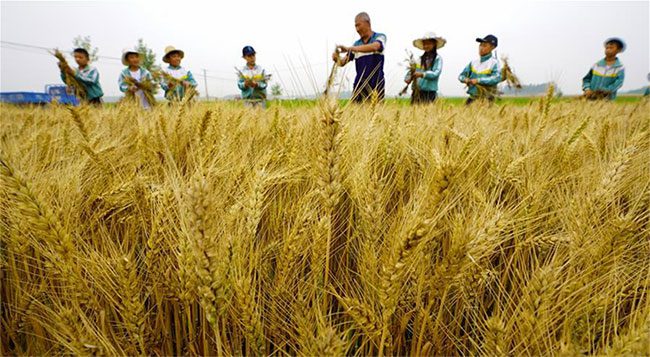Recently, Chinese scientists completed a digital map of the genetic variations of rice based on over 10,000 rice samples, providing a new tool for deeper research into natural rice varieties, especially rare ones.

A wheat field in Hebei Province, China. (Photo: THX/TTXVN)
Rice is one of the most important staple foods in the world. Natural rice varieties provide crucial genetic foundations for modern genetic modifications and breeding.
A researcher at the Agricultural Gene Institute in Shenzhen, part of the Chinese Academy of Agricultural Sciences, stated that the results of this latest study resemble a “digital map” that aids in rice research and provides clear guidelines for rice breeding.
With the help of this map, researchers corrected errors in classifying certain indica rice varieties (long-grain and non-sticky rice) and japonica rice varieties (short-grain and sticky rice). Based on the map, scientists also established an online database foundation for global users, offering research and scientific services suitable for rice studies.
This research was recently published in the journal Nucleic Acids.


















































